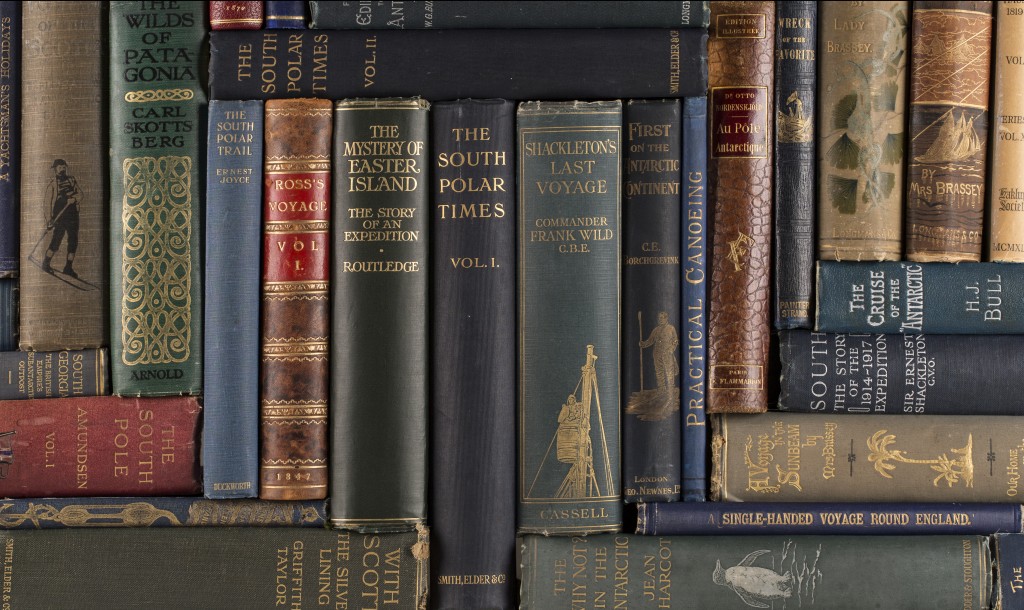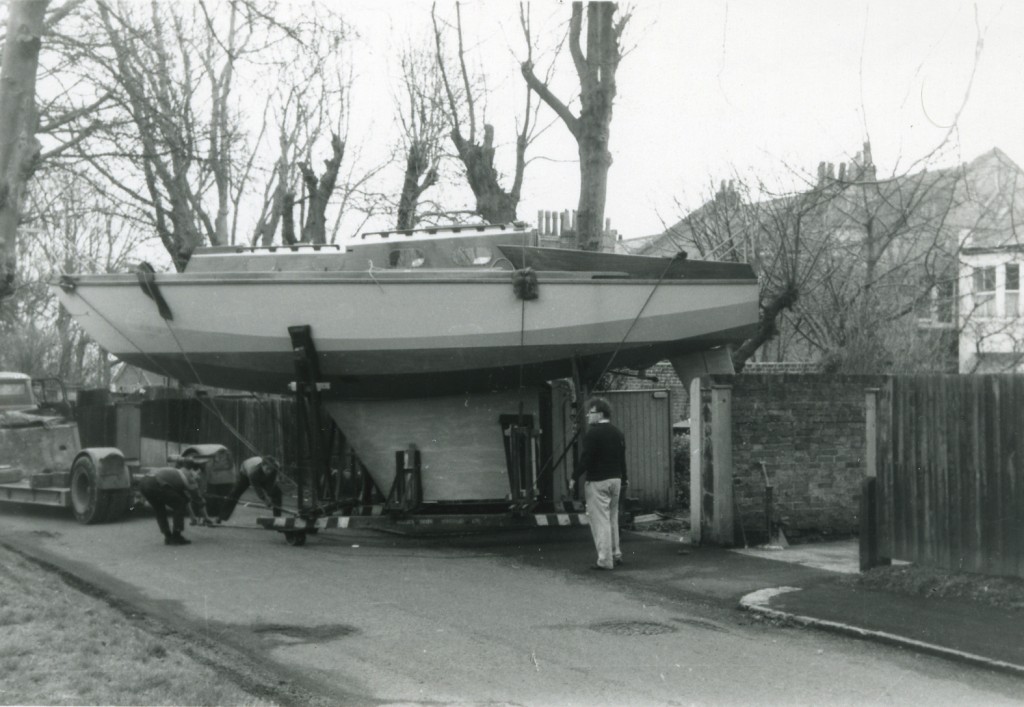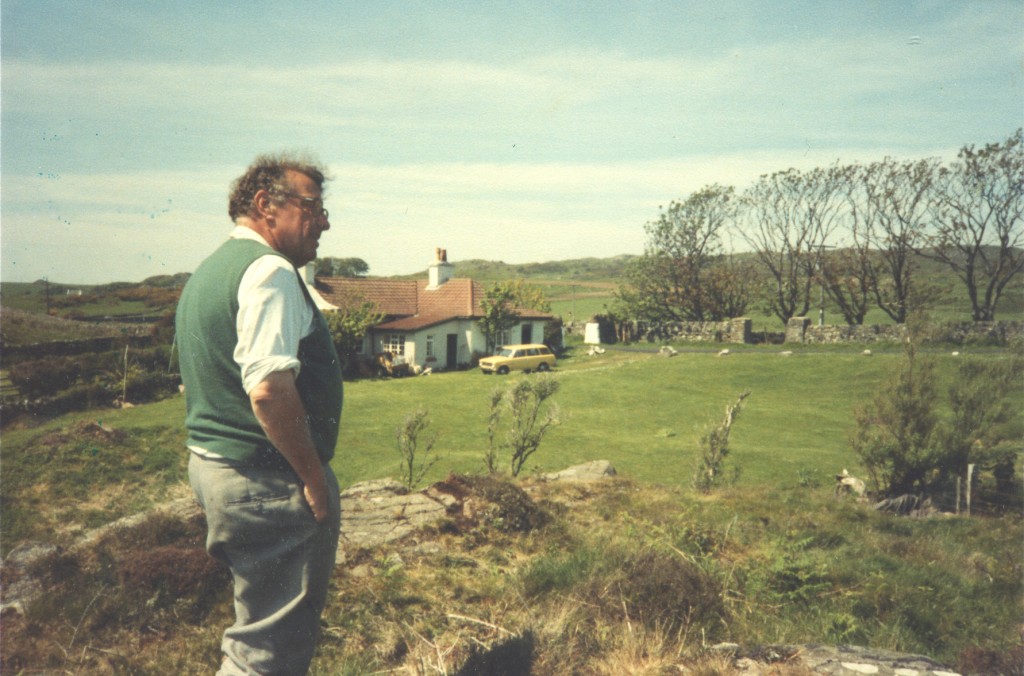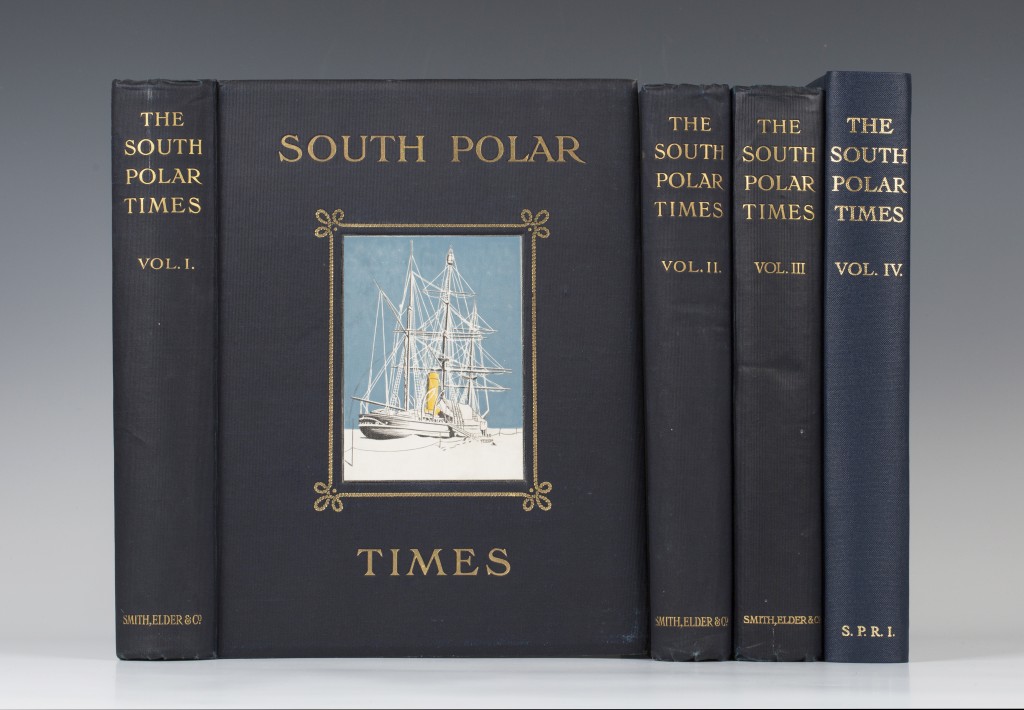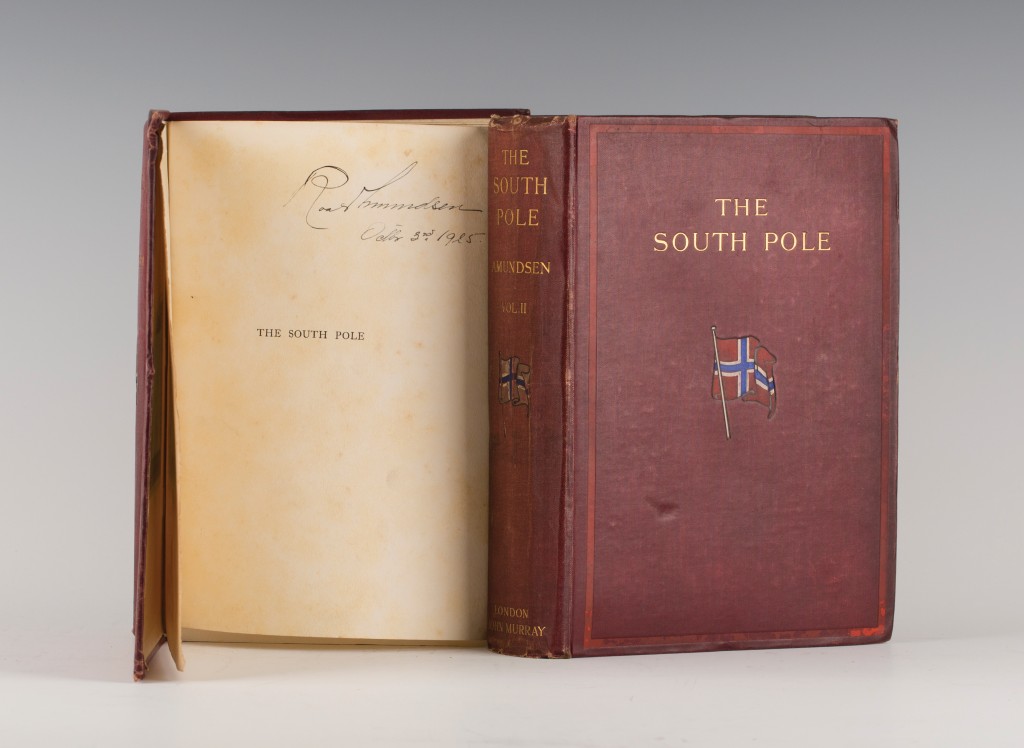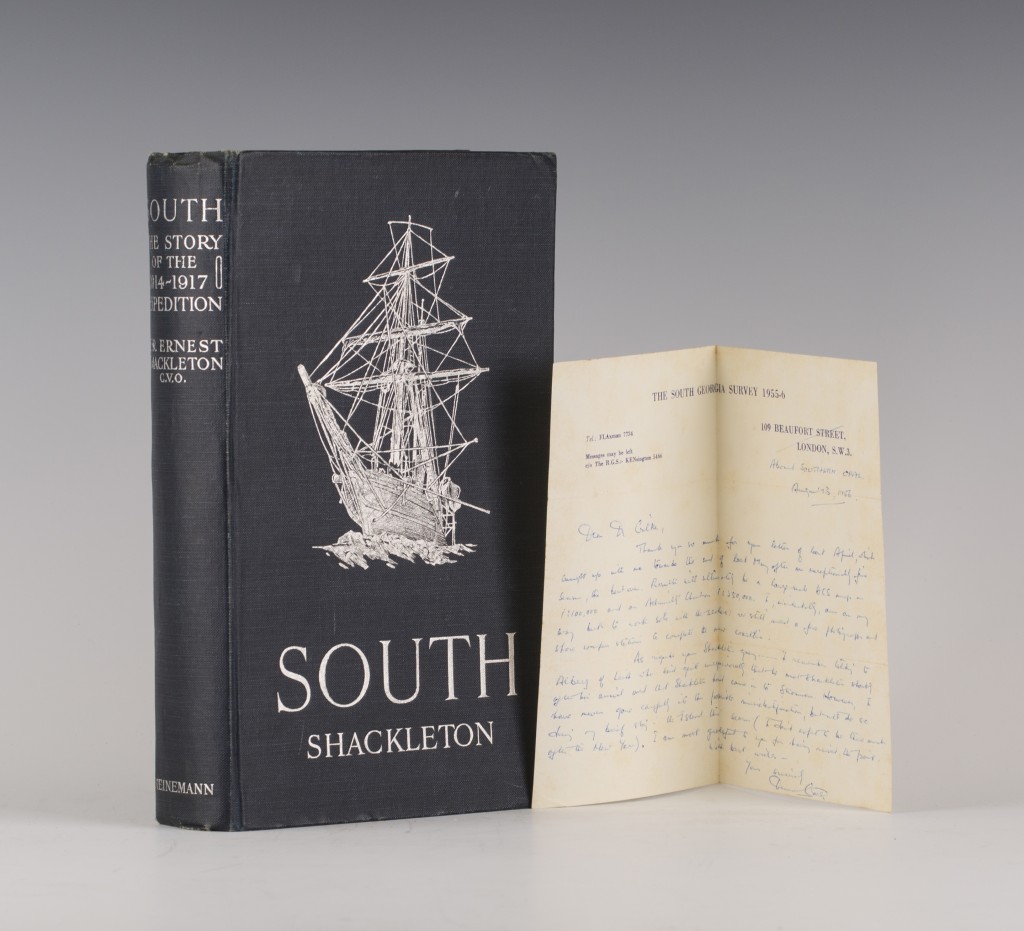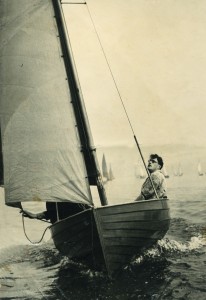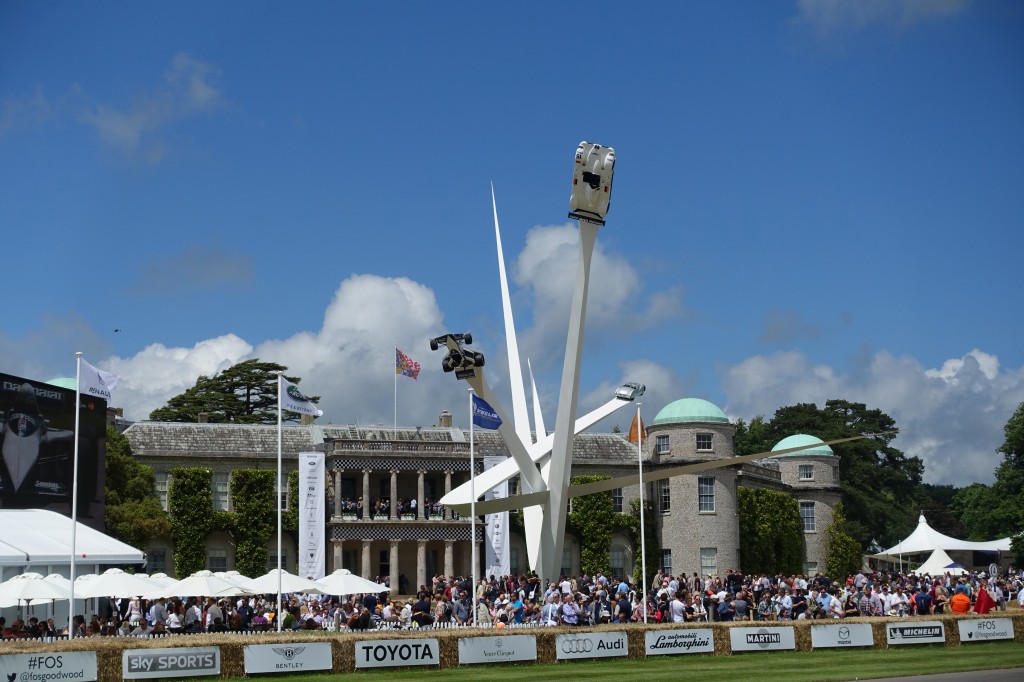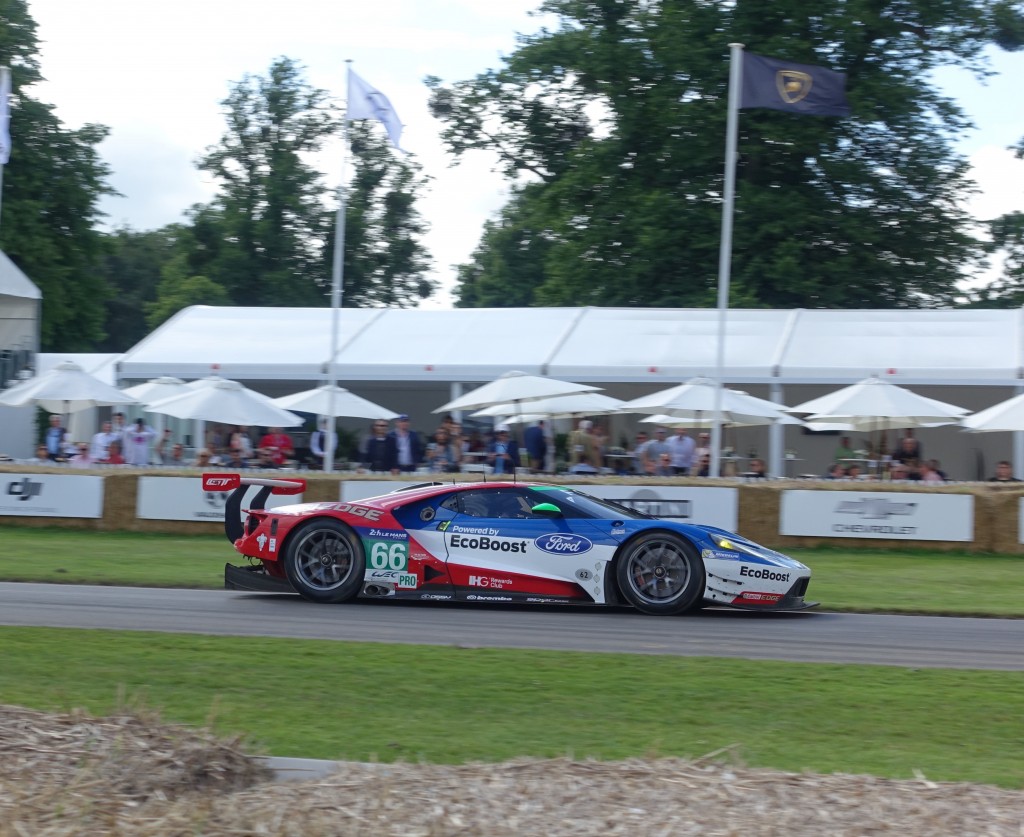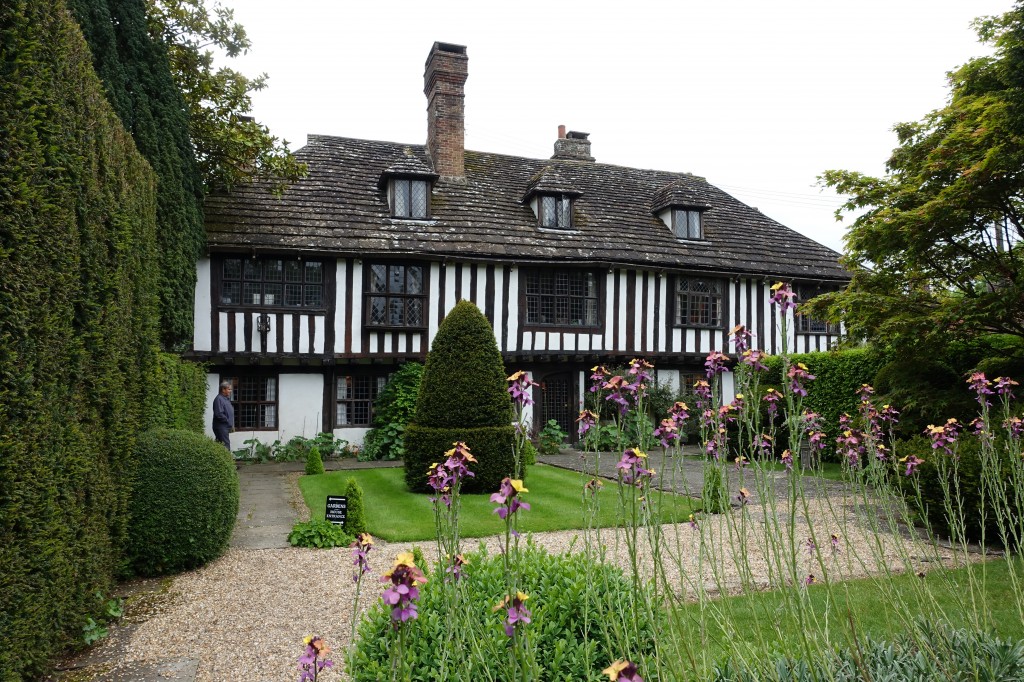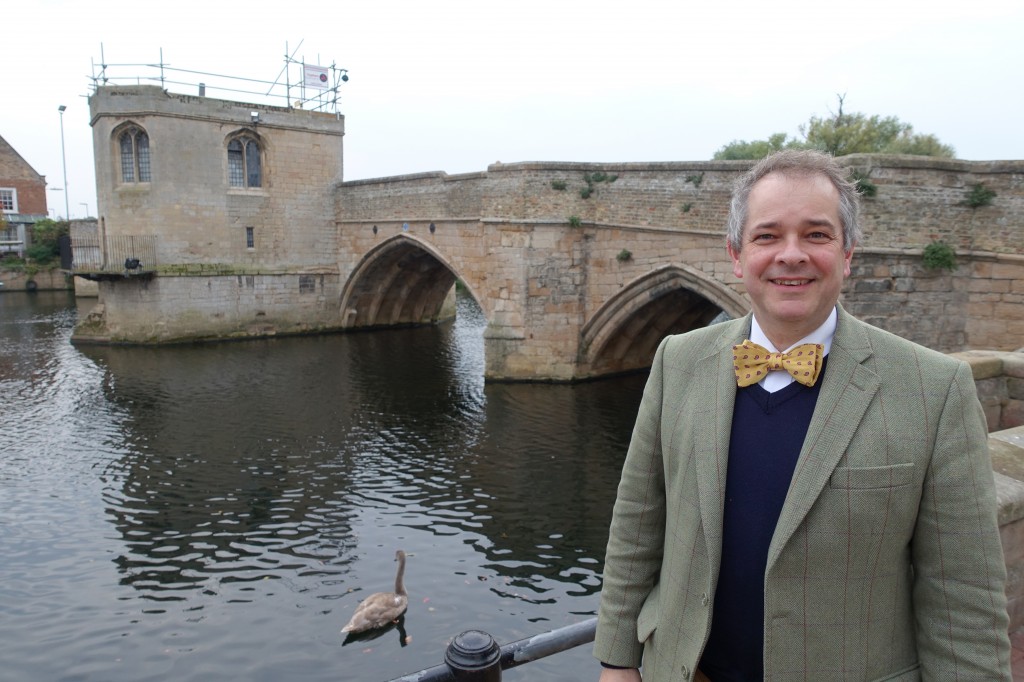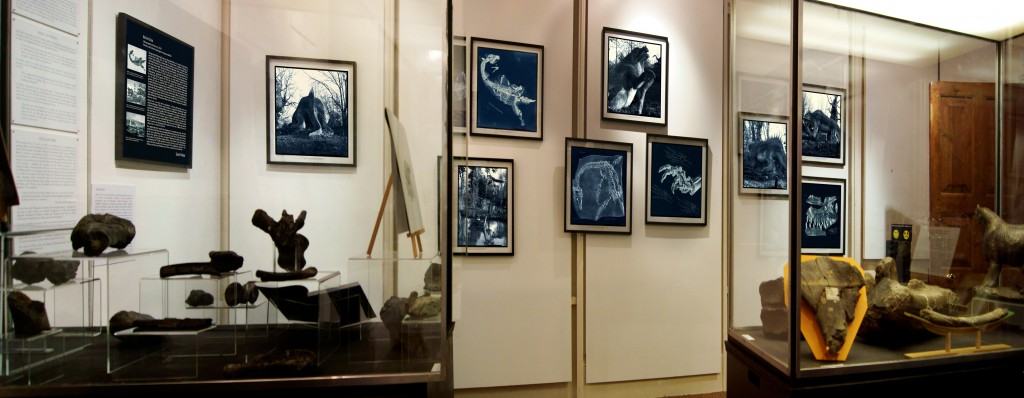
Horsham Museum and Art Gallery’s latest exhibition, ‘Dinosaurs of Horsham – Art, Reality and Fun’, was opened by Horsham District Council Chairman, Christian Mitchell, last Friday. The exhibition runs until 5th September 2016 and is set to be a school summer holiday favourite!
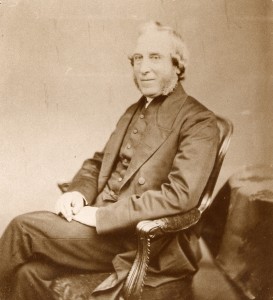
Horsham District Council Chairman, Christian Mitchell, says “My time as Chairman has already given me a sense of time and place in the procession of Horsham’s history. It’s amazing to think that Dinosaurs roamed our District. History allows us to understand the past and glimpse the future.”
Dinosaurs have fuelled the imaginations of scientists, palaeontologists and artists since their discovery in the early 19th century. This exciting exhibition brings together these interests and reinterprets them for the 21st century.
The spirit of discovery remains alive and well in the Horsham District. In 1996 the brain biologist, palaeontologist and composer, Dr William Blows, identified dinosaur bones, previously ascribed as being Iguanodon, as being a new species of dinosaur which he named the Horshamosaurus. He says “This exhibition forms the culmination of a lot of fascinating work which is vindicated by bringing it to the public.”
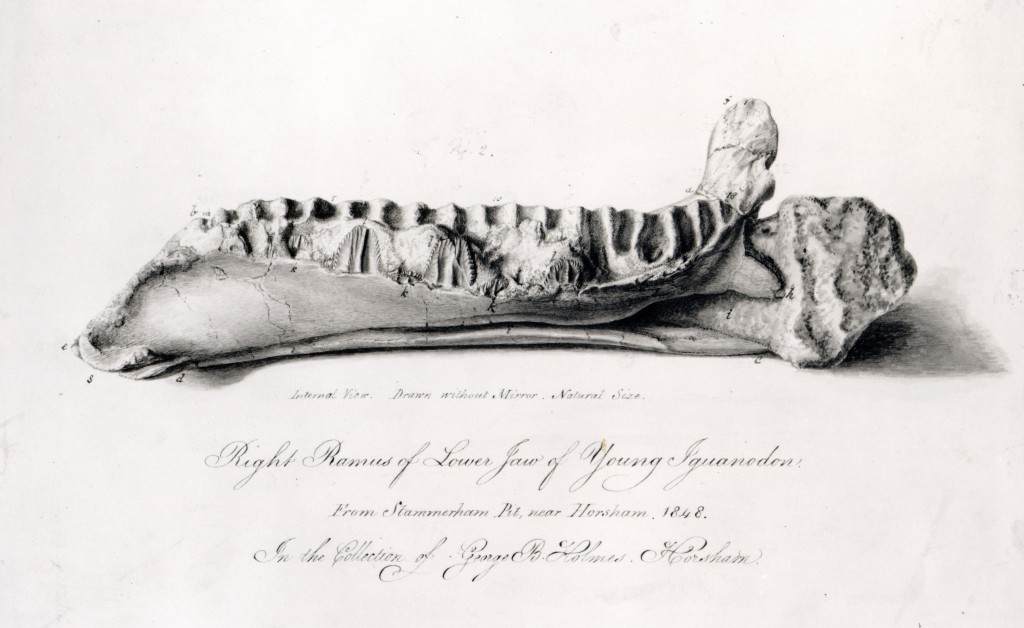
The archaeological displays and contemporary art are united by the story of George Bax Holmes, a respected local Quaker, who acquired his interest in fossils and geology in about 1837. It was in 1840 that he noticed a dark mass in some freshly quarried Horsham stone. Some of these fossilized bones form part of the exhibition displays. They became known as the Great Horsham Iguanadon. Bax’s daughters, Mary and Gulielma, recorded his finds in a series of remarkable drawings.
The scale of these finds fired the imaginations of the Victorians who produced huge model dinosaurs which were unveiled at the world’s first theme park at Sydenham, where the Crystal Palace was moved to after the 1851 Great Exhibition in Hyde Park. Curator, Jeremy Knight says “Little did George Bax Holmes realise that this discovery would catapult him into the world of The Great Exhibition of 1851.”
Alongside the ancient is the work of two contemporary artists. Their work centres around the interpretations of the dinosaur models at Sydenham.
Toby Tatum’s film installation invites us to revisit these dinosaurs. His layered approach to film making re-contextualizes these grand, imagined creatures as though in a series of follies in a private garden. There is a sense of what Toby describes as “collaging chronology” – the layering of time.
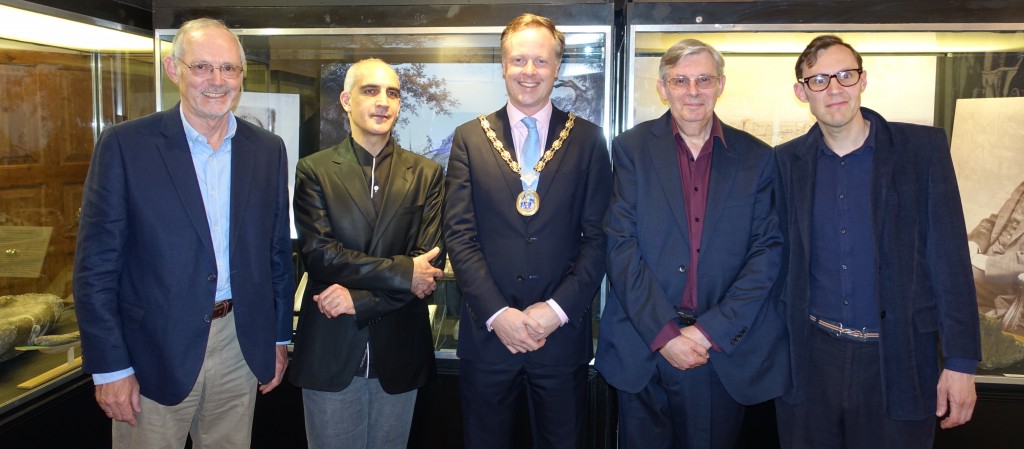
International architect, artist, sometimes curator and performance art historian, Adrien Sina, has produced a series of works based around the juxtaposition and contradiction of the cultural interpretation of the dinosaur bones in the 19th century, with the scientific observation of the fossils themselves. Adrien is keen to articulate the “generosity of sharing knowledge in the Victorian period.”
This generosity of spirit and a desire to share knowledge and understanding is apparent throughout this exciting exhibition.
‘Dinosaurs of Horsham – Art, Reality and Fun’ is on at the Horsham District Council Horsham Museum & Art Gallery, The Causeway, Horsham, until 5th September 2016. There is much to delight old and young alike! Entrance to the Museum and exhibition is free. For more information go to www.horshammuseum.org or telephone 01403 254959.
By Rupert Toovey, a senior director of Toovey’s, the leading fine art auction house in West Sussex, based on the A24 at Washington. Originally published in the West Sussex Gazette.
